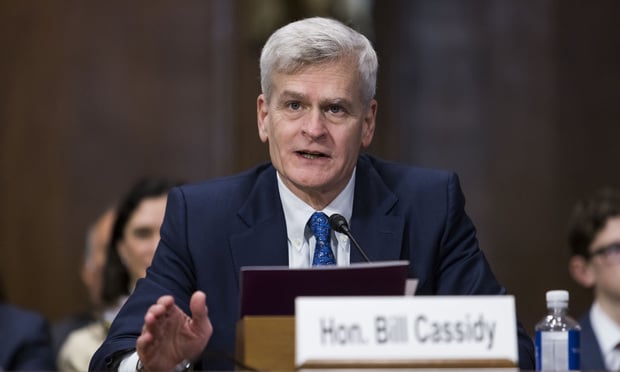A new study reveals that service providers to 401(k) plans are much more likely to add their own proprietary mutual funds to plan lineups, and far less likely to remove them, even when their performance lags.
The favoritism is actually most glaring when comparing the worst-performing proprietary mutual funds with funds not affiliated with service providers, according to the research, which was authored by two academics and an economist with the Board of Governors of the Federal Reserve System.
About 25 percent of non-affiliated mutual funds that ranked in the lowest 10th percentile of performance over a three-year period were removed from investment menus.
But service providers only removed 13.7 percent of their own worst-performing funds.
“Protecting poorly-performing funds by keeping them on the menu helps mutual fund families to dampen the outflow of capital triggered by poor performance and, as a result, mitigates fund distress,” according to the paper, which was released by the Pension Research Council, the research group affiliated with the Wharton School of Business.
Service providers’ “menu favoritism” affects participant outcomes, as the research shows participants are generally not aware of poor performance or service providers’ bias toward their own mutual funds.
And that has “important implications for the employees’ income in retirement.”
The study examined 2,494 plans offered by 1,826 sponsors between 1998 and 2009. Average plan size was $324 million. In 2009, the plans covered nine million participants with $400 billion in assets.
About 76 percent of the plans had service-provider trustees affiliated with mutual fund companies.
The three largest service providers in the study — Vanguard, Fidelity, and State Street — each manage over 10 percent of all 401(k) mutual fund assets.
Even for large plans, the study found the tendency to remove non-affiliated mutual funds to be higher than proprietary funds.
“Overall, our baseline results indicate that affiliated funds are significantly less likely to be deleted from 401(k) plans than unaffiliated funds and that this bias is particularly pronounced for poorly-performing funds,” write the authors.
“While service providers of 401(k) plans are expected to act in the best interest of participants, they also have a competing incentive to attract and retain retirement contributions in their own proprietary funds,” concluded the authors.
Too little is known about how provider incentives influence choices offered in 401(k) plans, they said.
And more should be done to understand the ramifications of fund favoritism, “as small inefficiencies in the selection of investments options, especially early in the participants’ career, can have a significant impact on retirement savings outcomes.”
© Touchpoint Markets, All Rights Reserved. Request academic re-use from www.copyright.com. All other uses, submit a request to [email protected]. For more inforrmation visit Asset & Logo Licensing.







